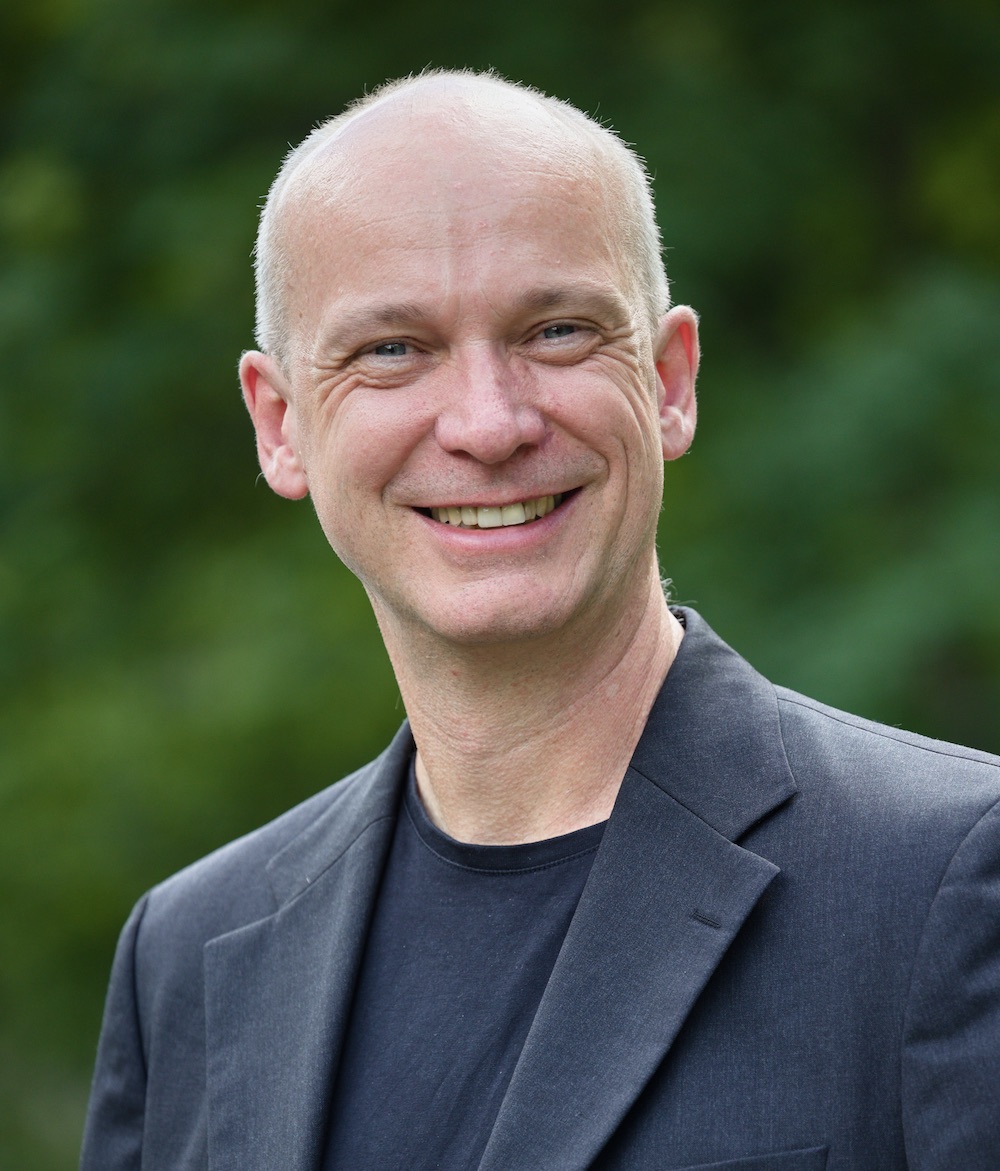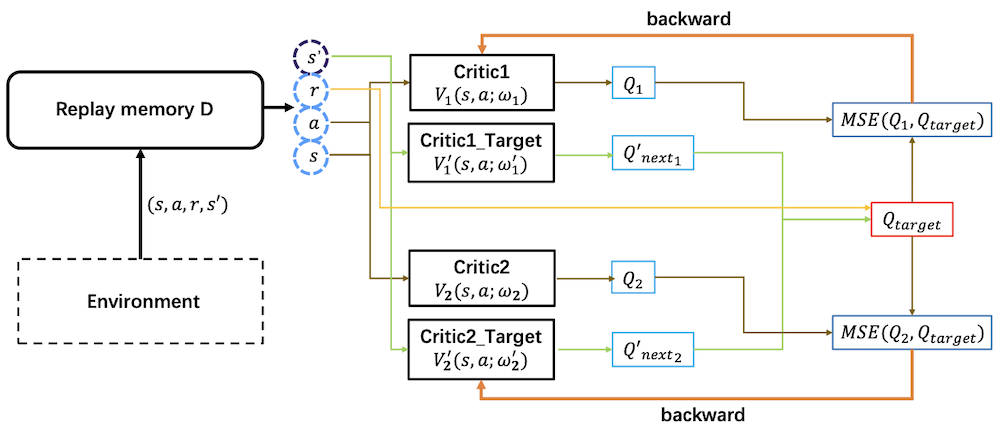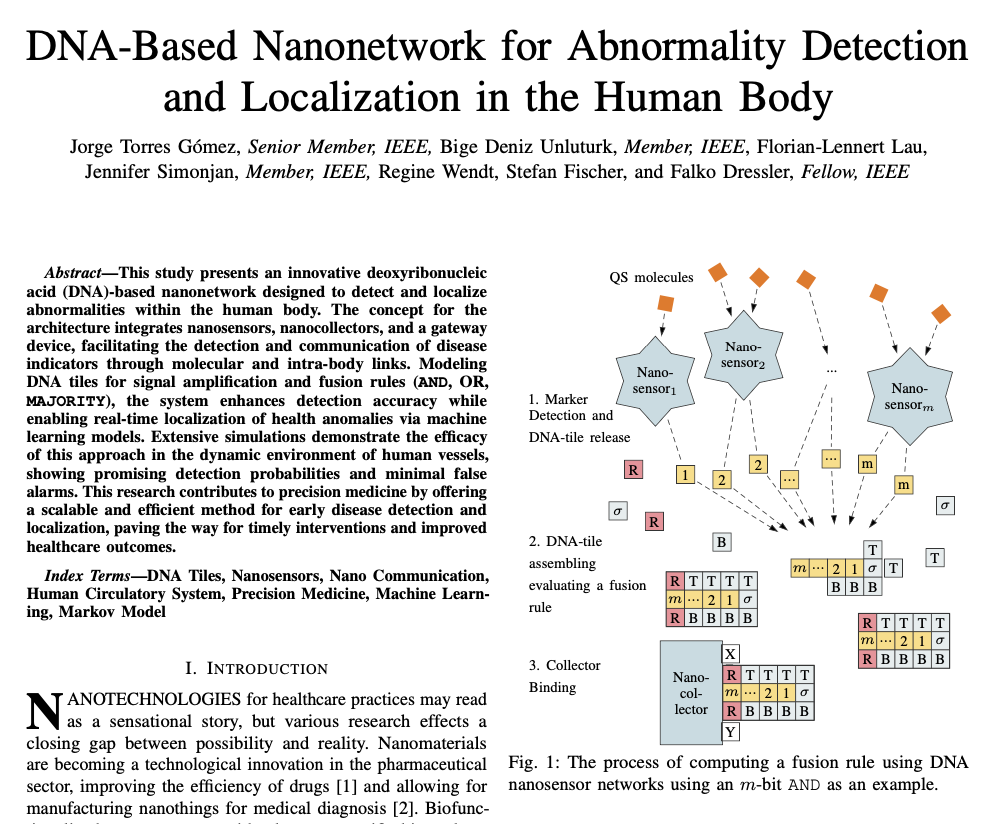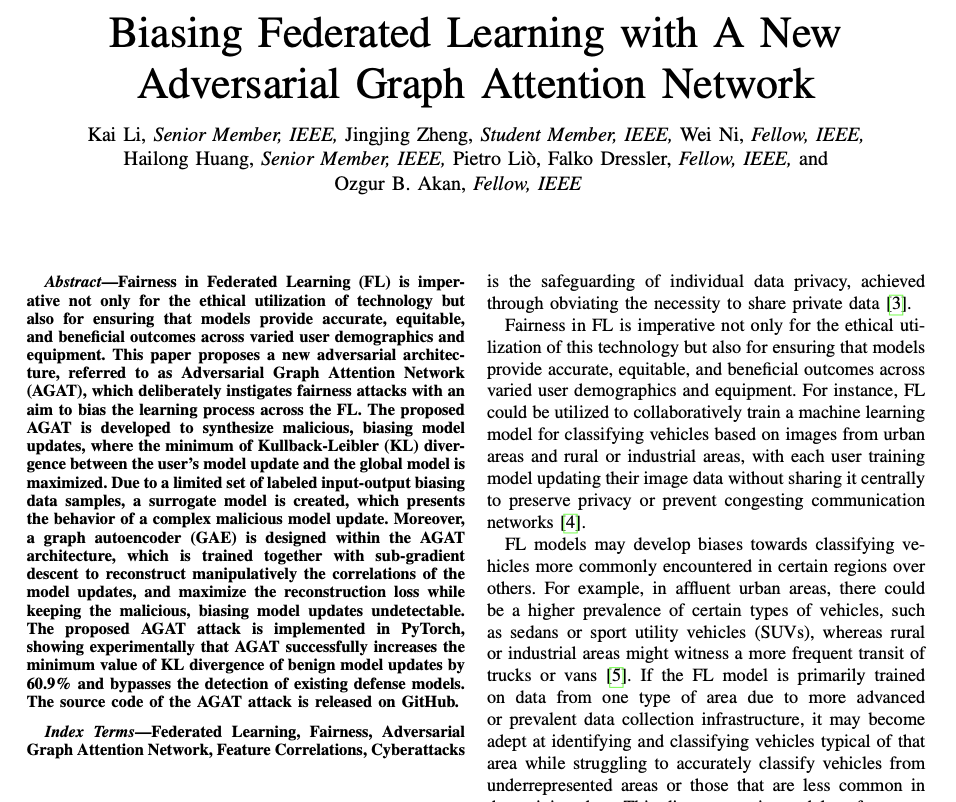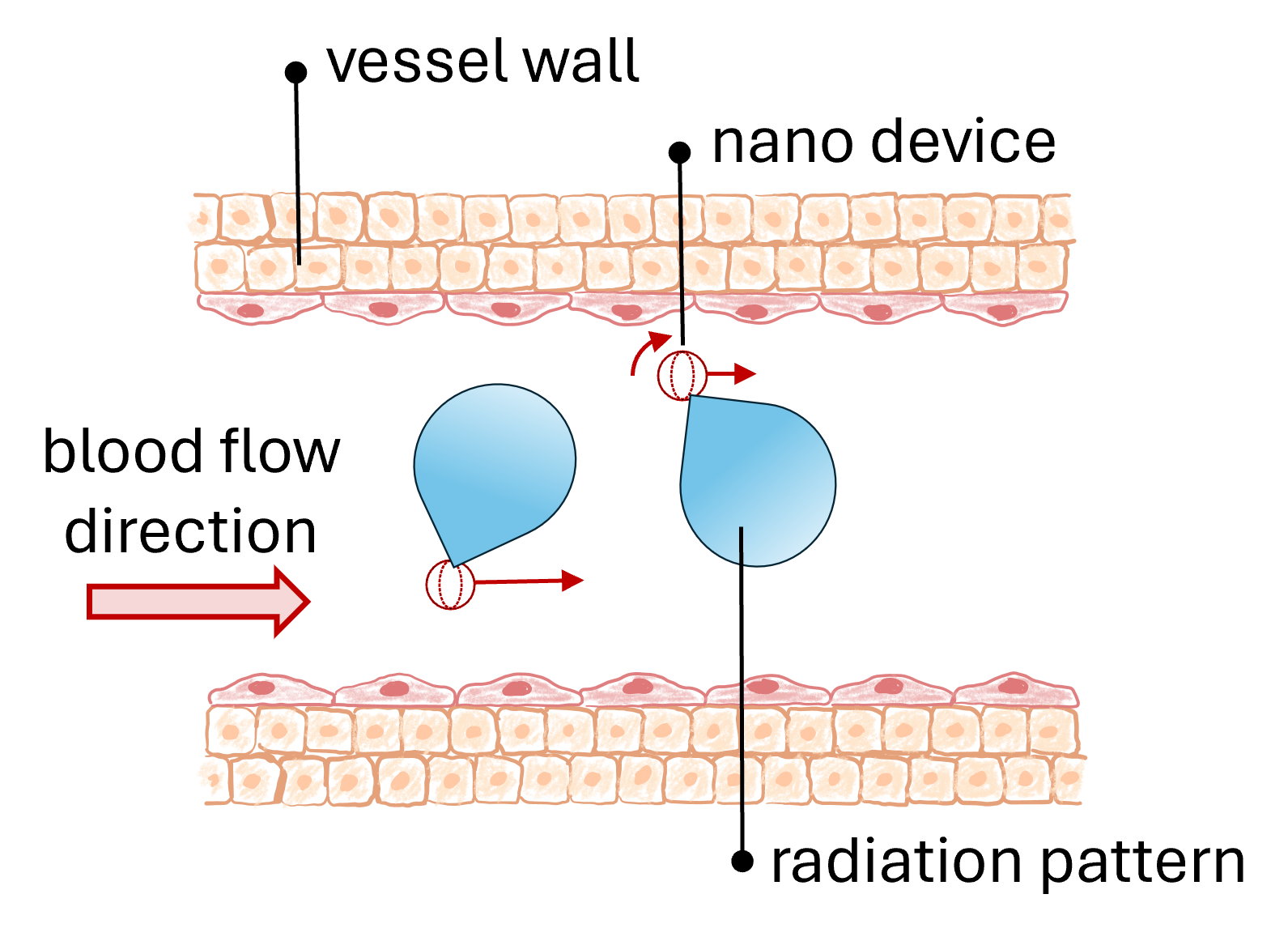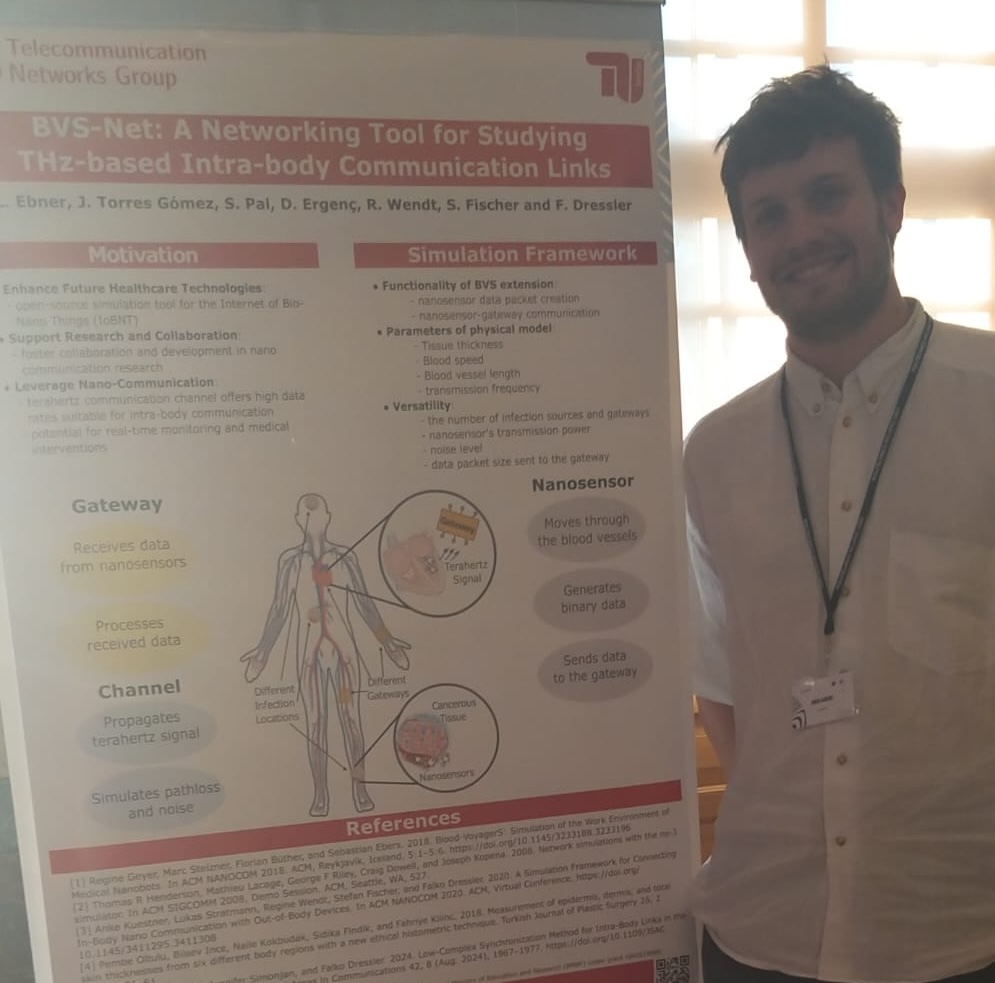Personal website of
Prof. Dr.-Ing. habil. Falko Dressler
Self-organization of SN-MRS systems

Institutions
- Computer Networks and Communication Systems, University of Erlangen
Team
- Dr. Falko Dressler (coordination)
- Thomas Halva Labella
Funding
- DAAD grant "Self-organization of SN-MRS systems" (331 4 03 003)
Project Time
- 01.11.2005 - 30.04.2006
Description
 The research objectives can be summarised by the following statement:
the study of bio-inspired task allocation algorithms for SN-MRS systems with high number of units, and with particular attention to scalability, real-time constraints, reliability of the transmitted data, success of robot operations and network task-aware self-organisation.
The research objectives can be summarised by the following statement:
the study of bio-inspired task allocation algorithms for SN-MRS systems with high number of units, and with particular attention to scalability, real-time constraints, reliability of the transmitted data, success of robot operations and network task-aware self-organisation.
Recently, a few projects have studied the integration of SNs and MRSs. The approaches in the literature follow usually two ways. In the first one, sensors are treated as "helpers" for the robots. They are for instance landmarks that robots follow to navigate in dificult environments. In the second approach, the robots help the sensor network, for instance by replacing out-of-work pieces or, since they have room for bigger batteries and they can afford more powerful transmission, they work as gateways for long distance communication. In both cases, the interactions between robots and network are outbalanced either toward SN or toward MRS. The former approach ("sensors help robots") seems to be followed mainly by researchers with a strong background in robotics and Artificial Intelligence, the latter ("robots help sensors") by researchers coming from the telecommunication field.
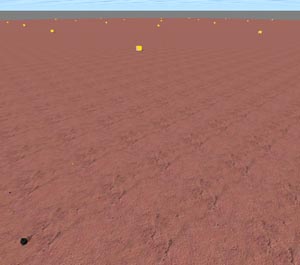 Seen from a high abstraction level, the main objective of this proposal is to change the approach to SN-MRS systems. We do no want to treat them as the sum of two systems, but only as one heterogeneous system, where the difference between static and mobile units becomes fuzzier. To design and program such systems, it is required a good knowledge of both telecommunication networks and robotics. Both approaches have their advantages and disadvantages, but we believe that pushing the integration further will reveal new possible applications and interesting solutions for SN-MRS systems.
Seen from a high abstraction level, the main objective of this proposal is to change the approach to SN-MRS systems. We do no want to treat them as the sum of two systems, but only as one heterogeneous system, where the difference between static and mobile units becomes fuzzier. To design and program such systems, it is required a good knowledge of both telecommunication networks and robotics. Both approaches have their advantages and disadvantages, but we believe that pushing the integration further will reveal new possible applications and interesting solutions for SN-MRS systems.
The following research aspects affect our developments:
- number of units
- time constraints
- task allocation
- network-robot interactions
Selected Publications
 Thomas Halva Labella and Falko Dressler, "A Bio-Inspired Architecture for Division of Labour in SANETs," in Advances in Biologically Inspired Information Systems - Models, Methods, and Tools, Studies in Computational Intelligence (SCI), vol. 69, Falko Dressler and Iacopo Carreras (Eds.), Springer, 2007, pp. 209–228.
[DOI, BibTeX, PDF, More details]
Thomas Halva Labella and Falko Dressler, "A Bio-Inspired Architecture for Division of Labour in SANETs," in Advances in Biologically Inspired Information Systems - Models, Methods, and Tools, Studies in Computational Intelligence (SCI), vol. 69, Falko Dressler and Iacopo Carreras (Eds.), Springer, 2007, pp. 209–228.
[DOI, BibTeX, PDF, More details] Thomas Halva Labella, Isabel Dietrich and Falko Dressler, "BARAKA: A Hybrid Simulator of SANETs," Proceedings of 2nd IEEE/ACM International Conference on Communiation Systems Software and Middleware (COMSWARE 2007), Bengaluru, India, January 2007.
[DOI, BibTeX, PDF, More details]
Thomas Halva Labella, Isabel Dietrich and Falko Dressler, "BARAKA: A Hybrid Simulator of SANETs," Proceedings of 2nd IEEE/ACM International Conference on Communiation Systems Software and Middleware (COMSWARE 2007), Bengaluru, India, January 2007.
[DOI, BibTeX, PDF, More details] Thomas Halva Labella and Falko Dressler, "A Bio-Inspired Architecture for Division of Labour in SANETs," Proceedings of 1st IEEE/ACM International Conference on Bio-Inspired Models of Network, Information and Computing Systems (BIONETICS 2006), Cavalese, Italy, December 2006.
[DOI, BibTeX, PDF, More details]
Thomas Halva Labella and Falko Dressler, "A Bio-Inspired Architecture for Division of Labour in SANETs," Proceedings of 1st IEEE/ACM International Conference on Bio-Inspired Models of Network, Information and Computing Systems (BIONETICS 2006), Cavalese, Italy, December 2006.
[DOI, BibTeX, PDF, More details]- Thomas Halva Labella, Gerhard Fuchs and Falko Dressler, "A Simulation Model for Self-organised Management of Sensor/Actuator Networks," Proceedings of GI/ITG KuVS Fachgespräch Selbstorganisierende, Adaptive, Kontextsensitive verteilte Systeme (SAKS), Kassel, Germany, March 2006. [BibTeX, PDF, More details]

